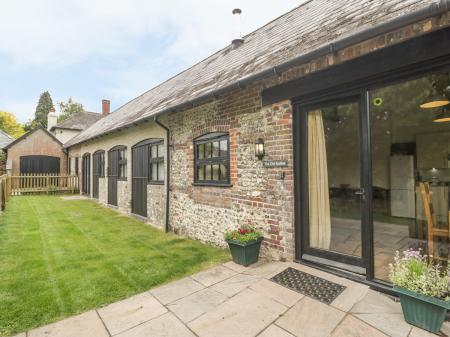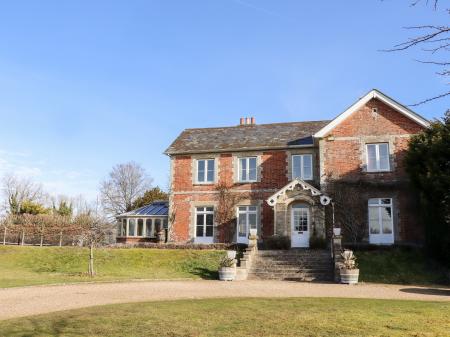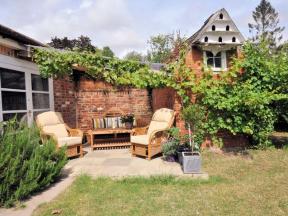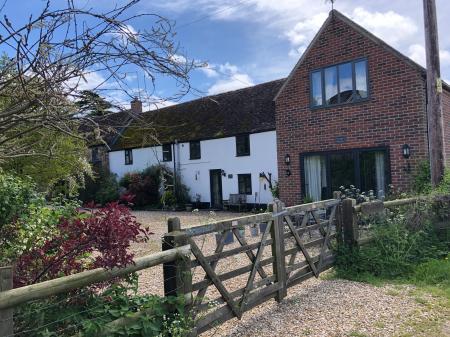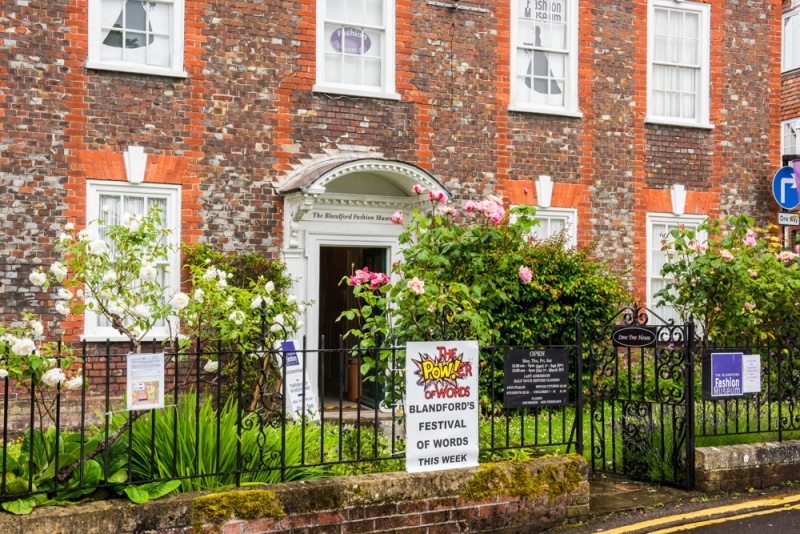
History
The town name comes from Blaen y Ford, meaning a place near a ford. Just as at so many other river crossings, a settlement grew up around the ford across the Stour, and in time developed into an important market town. The prosperity enabled the town to build a stone bridge to replace the ford in the 13th century.
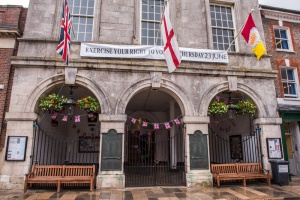
In 1307 Edward I granted the lord of the manor, Henry de Lacy, the right to hold a bi-annual fair. The manor of Blandford later passed to the Duchy of Lancaster and is still held by the Duke of Lancaster. The town's importance was recognised when Charles I granted a charter of incorporation as a borough.
The Blandford Fires
But the fortunes of Blandford were not without several dips. In 1564 a fire destroyed a large number of buildings, but that was a minor setback compared to what was to follow. In 1677 a fire swept through the centre of town and destroyed over 30 houses. A third fire, started by arson, caused minor damage in 1713, but the worst was yet to come. On 9 July 1731, the Great Fire swept through Blandford, destroying the church, almshouses, town hall, and school. Only a few scattered houses, pubs, and shops remained standing.
So devastating was the fire that the plight of Blandford became a national concern. King George II gave 1000 pounds to help rebuild the town, and lesser contributions poured in from around the country. As a result, the town was rebuilt in one go, giving it a very special and unique Georgian character.
There are lovely examples of Georgian buildings in the town centre, courtesy of architects John and William Bastard, natives of Blandford Forum. The brothers designed a new town hall, shops, dwellings, and a grammar school. The Bastard's elegant Georgian buildings remain essentially unaltered, giving the town centre one of the most aesthetically beautiful town centres in England.
The Bastard brothers were also responsible for remodelling the parish church in Georgian fashion. Within the church is an unusual canopied mayor's chair. The interior is quite stunning, in opulent 18th-century style. Look for the dedication boards on the north wall, where the name of the town has been scrubbed out.
A woman I met in the church told me that the signs were defaced during WWII when the threat of invasion was high and the military did not want foreign troops to have any clue where they were. Just outside the churchyard wall is a monument designed by the Bastard brothers to commemorate the 1731 fire.
You can learn more about the fire and the history of the area at the Blandford museum on Bere's Yard, just off Market Place. The museum once formed part of a large house built by the Bastards for their own use. They also built the red-brick house on Church Lane that now houses the Fashion Museum, where you can learn about historic costumes in the setting of an elegant Georgian house. The museum collection spans the years 1730-1970.
A short stroll away on Salisbury Street is Ryve's Almshouses, built in 1682 by George Ryves to provide housing for 10 poor people. The almshouses were far enough away from the town centre to avoid destruction in the 1731 fire. The almshouses are built in an elongated U-shape, with projecting wings either side of a 1 story range, creating a three-sided court.
Over the central entrance portico is an inscription in Latin reading "GEORGIVS RYVES ARMIGER DE DAMARY VICE COMES DORSETENSIS GERONTOCOMIVM HOC FECIT DICAVIT ANNO DNI MDCLXXXII", which very roughly translates as "George Ryves of Damary, Dorset, Viscount, built this hospital in the year of Our Lord 1682".
The area around Blandford is full of ancient ruins, including Pimperne Barrow, a Neolithic burial chamber rated among the finest in England.
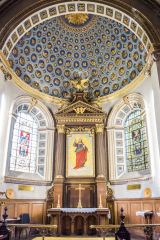

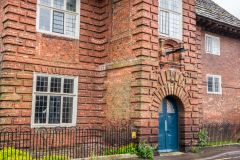

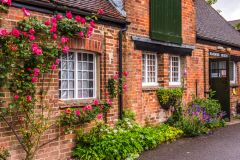
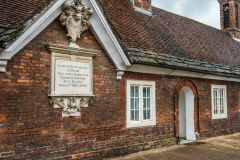

 We've 'tagged' this attraction information to help you find related historic attractions and learn more about major time periods mentioned.
We've 'tagged' this attraction information to help you find related historic attractions and learn more about major time periods mentioned.